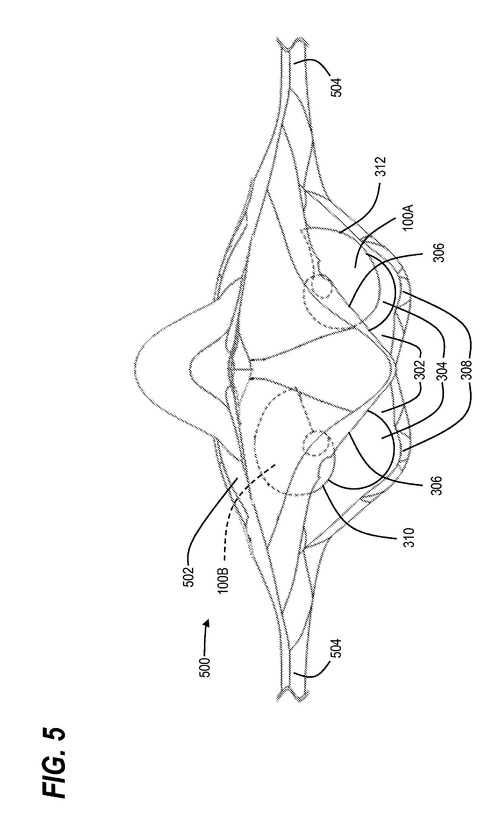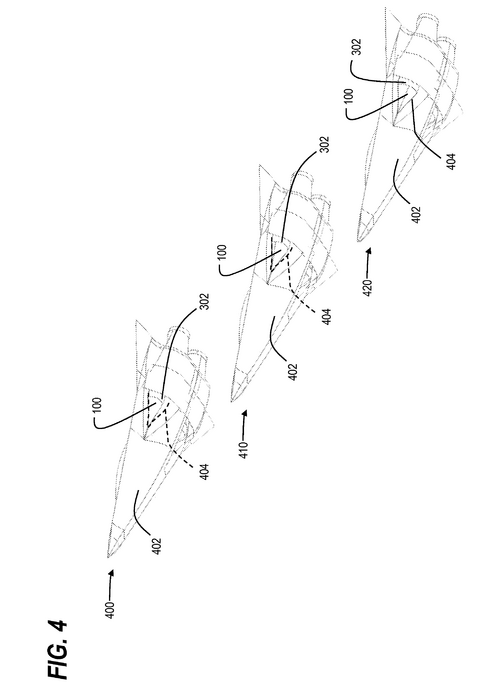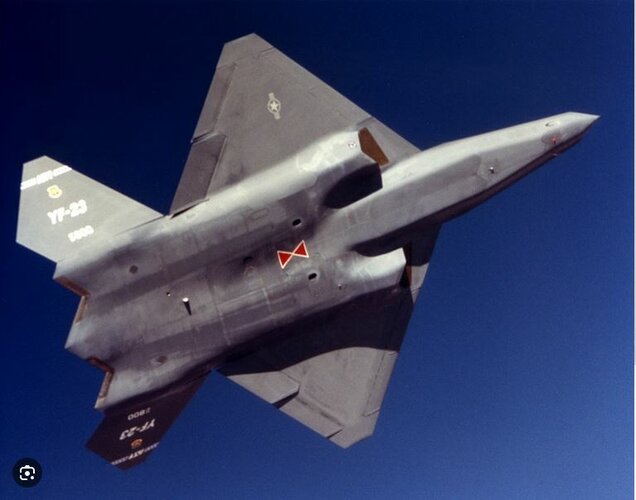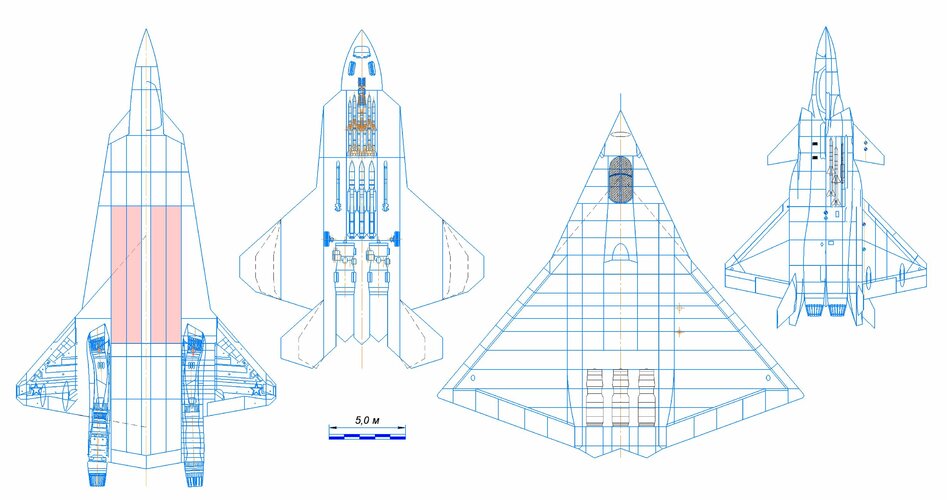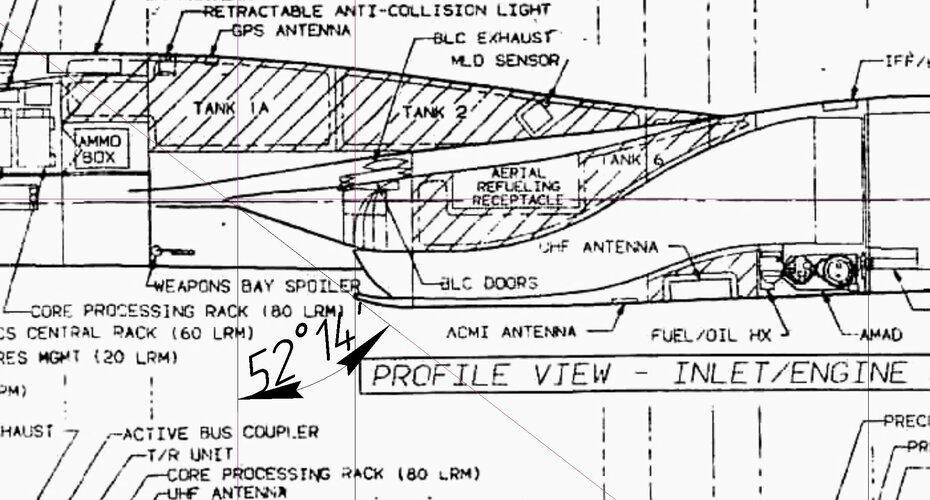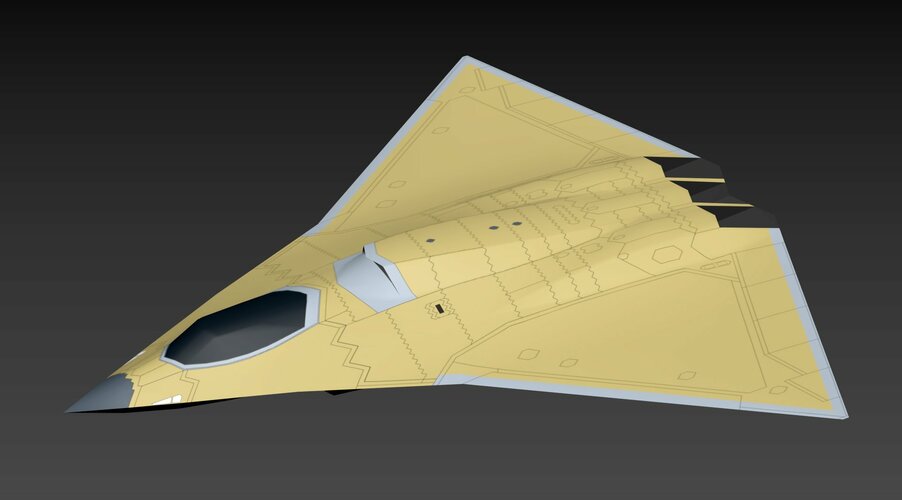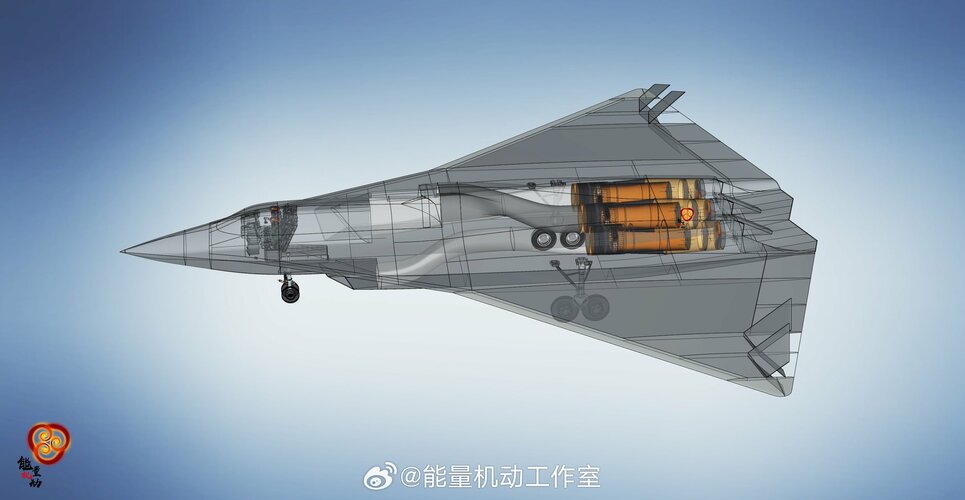Also, everyone has seen the videos of F-22 and SU-57 maneuverability but I have not seen one video showing the type of agility has displayed by the 22 or 57 even though the Chinese claim the 20 does. They have been bold showing these two new platforms but I think the J-20 does not have the performance as touted. The MiG 1.44 was not stealthy and was a dog that is why the Russians never moved forward with it, even though they claimed it was stealthy.
To be fair, the kind of maneuverability that matters the most can't be directly shown at airshows anyways. Sure, in certain situations post-stall etc matters(as, in general, more control over aircraft is always better than less, just because), but overall no one seriously aimed at WVR as the main regime since 1980s (though certain someone in fact started aiming at closing distance as much as possible to do a sure shots, but this is kinda different from maneuvering). Most certainly not Russia, btw, despite whatever airshows tell you.
Airshows show that can be shown - both to entertain the crowd(and by extension - politicians and decision makers), and show aspects of maneuvering that have impact in other, faster speed regimes. There's no good airshow if you perform at 15km up (no one can see sh, and it looks lazy anyway), there's no good airshow if you just wounded(or killed by panic) tens of thousands of viewers by doing supersonic stuff low.
From aerodynamic pow, unless J-20 is somehow completely wrong, it has all the rights(and it isn't first CAC/fbw delta canard anyway). Furthermore, the fact it is in mass production(and not production into storage, like F-35, or, say, Su-27 for first 5 iirc years of its serial run) is a statement that there's hardly anything major wrong with this platform.
We know f-22 problems, we know f-35 problems, we know su-57 problems(delays are telling even if nothing surfaces). J-20 just went past all of them.
As for mig 1.44(demonstrator for 1.42). It simply got outdated during the post-soviet decade; thing was meant for service in mid-1990s, but as a matter of fact, its demonstrator flew in 1997, with major chunk of development cost still ahead. Russia either could push with it anyway like other eurocanards(no money to accept conceptual fail, only enough money to somehow finish what's already been done) but even later(like, mid 2010s), or admit that whole "reduced signature" thing isn't right, and begin from scratch reducing it properly(and living on 4++ stopgap, which eventually became su-35s).
They've chosen the latter.

www.businessinsider.com

